2010 Toyota Tacoma Review
Silted soil and loose gravel fill a narrow trail cut into mile-high slopes of the Wasatch Range in Utah’s Rocky Mountains. The daunting path, lumpy in washboard ripples as it zigzags up the steep grade, shows off the excellent off-road manners of Toyota’s compact-class Tacoma pickup.
FAST FACTS
| 1. Tacoma models start from just $16,365 with top models priced at a $10,000 premium. |
| 2. Two engines are offered, a 2.7L 4-cylinder with 159-hp and 180 ft-lbs of torque, or a 4.0L V6 with 236-hp and 266 ft-lbs of torque. |
| 3. Regular Cab and the Access Cab models get a 73.5-inch bed, while Double Cab models bring a choice in box lengths with the 73.5-inch bed or a chopped 60.3-inch bed. |
| 4. The standard tow rating is 3,500 lbs., with V6 models sporting the optional tow package capable of hauling up to 6,500 lbs. |
A WIDE RANGE OF MODELS TO CHOOSE FROM
For 2010 the Toyota Tacoma is available in three cab sizes, two powertrain choices and 18 different models with options for rear-wheel-drive (RWD) and four-wheel-drive (4WD) traction.
The Tacoma we’re pointing up the Wasatch trail, outfitted with a muscular six-pack of power and sure-footed traction promised from the 4WD mechanism, piles on sophisticated electronic devices for precise vehicle control and also carries a TRD (Toyota Racing Development) off-road package with locking rear differential, tuned Bilstein shocks and 265/70/16 BFGoodrich tires mounted on 16-inch alloy wheels.
Those electronic controls link Tacoma’s 4WD device to the anti-lock brake system and active traction (A-TRAC) and vehicle skid control (VSC) tools, plus an automatic limited-slip differential (A-LSD), hill-start assist control (HAC) and downhill assist control (DAC) systems, making for a capable machine on most any terrain.
With so many onboard systems designed to keep this truck’s tires moving steadily and safely up a rough and steep slope, it makes the challenge an easy task for Tacoma’s driver.
At one point a fallen boulder blocks the hillside trail, prompting us to veer around the barricade in a maneuver that pitches the truck precariously at a canted angle, left wheels hiking high on the hill and right ones in a rut between slope and stone. Despite the slippery grade and a dicey maneuver, our Tacoma trudges forward without tipping, rolling or foundering in what becomes a keen demonstration of its 4WD ability.
RUGGED GOOD LOOKS ON THE OUTSIDE
The Tacoma, in any trim, looks tough with an elevated hood, double-bar bumper and massive front grille flanked by big multi-lens headlamp clusters on front corners. Sculpted fenders set off big wheel wells that are rimmed by thick body-colored cladding that dips to form protective sills beneath side doors.
The 18 different configurations for the Tacoma are based on three different cabin designs — the two-door Regular Cab and extended-length Access Cab with dual rear-hinged access doors behind front doors plus flip-flat rear jump seats. Finally there’s a Double Cab with four conventional front-hinged doors and a back seat fit for three.
Tacoma Regular Cab and the Access Cab carry a truck box in back that extends 73.5-inches, while Double Cab models bring a choice in box lengths with the 73.5-inch bed or a chopped 60.3-inch bed.
Deck and walls of the bed contain composite sheet-molded compound (SMC) that’s lighter than steel yet stronger and more durable. The box has a built-in system for two-tier loading of cargo with rails for adjustable tie-down cleats and optional 115-volt powerpoint. And bed rails were designed for compatibility with Toyota accessories, such as cargo bed cross bars, a fork-mount bike rack or diamond-plate storage box.
The structure underpinning Tacoma is based on a ladder-type frame reinforced by seven cross braces with boxed sections to deliver extra strength and control energy forces unleashed from a frontal or off-set frontal collision.
Mated to that frame are suspension elements that include an independent double wishbone arrangement up front with coil springs and gas-filled shocks, and leaf springs in back mounted beneath the axle for RWD and above the axle for 4WD in order to increase the ground clearance. All 4×2 models are rated at 8.1-inches of ground clearance, while 4×4’s get a 9.3-inch rating.
Overall, the setup does an excellent job of delivering off-road capability and yet is perfectly at home on the road.
POWER AND POISE IN A WORKHORSE TRUCK
The Tacoma comes motivated by one of two powertrain options, beginning with the entry-issue engine, a dual-cam 2.7-liter four-cylinder plant consisting of a cast iron block with aluminum alloy heads and Toyota’s intelligent variable valve timing (VVT-i). It generates 159-hp at 5200 rpm with torque of 180 ft-lbs at 3800 rpm. A five-speed manual transmission is standard with the four-cylinder engine, although a somewhat outdated four-speed automatic is available.
Toyota’s dual-cam 4.0-liter aluminum V6 is also on tap for the Tacoma, pumping a modest 236-hp at 5200 rpm and 266 ft-lbs of torque at 3800 rpm. Transmissions for the V6 upgrade to a six-speed manual or five-speed auto-box.
Neither setup is overly impressive, but when compared to the competition Toyota really doesn’t have to try to hard.
Compared to the Ford Ranger the Tacoma does make more power, but at the expense of fuel economy, with 4-cylinder models getting 19/25-mpg in 2×4 form and 17/22-mpg for 4WD versions. The larger 4.0-liter V6 then delivers 17/21-mpg for 4×2 and 16/20-mpg in 4×4 layout.
Tow ratings for the small truck are quite impressive with a 3,500 lb standard rating that increases all the way to 6,500 lbs with the V6 and a tow prep package. Payload isn’t as impressive with most models sitting in the 1,300 to 1,500 lb range.
Standard electronic vehicle controls are extensive on every Tacoma trim, with ABS and electronic brake-force distribution (EBD) plus electronic brake assist (EBA), traction control (TRAC) and the VSC system. Frontal air bags go to all models, and curtain-style side air bags tuck into headliners above outboard seats.
NUMEROUS TRIM LEVELS TO CHOOSE FROM
The Tacoma shows up in several trim grades (base, SR5 and TRD Sport), but also in special editions like PreRunner and the X-Runner. The PreRunner with RWD traction appears like a customized 4WD truck with hiked stance and flared fenders. It comes in all three cab sizes and the four-cylinder or V6 engine.
Low-to-the-ground X-Runner, a swoopy performance truck with ground effects and hood scoop added and the look of customized drop job, draws its name from x-brace frame reinforcements designed to increase torsional rigidity for handling a twisty set of road curves. The X-Runner strictly conforms to the Access Cab with V6 power and the six-speed manual transmission.
The SR5 package installs color-keyed overfenders, chrome on the front grille and back bumper, bucket seats in the cockpit with a floor-mounted center console.
A TRD Sport Package for any Tacoma V6 adds a sport-tuned suspension with Bilstein shocks, cabin enhancements such as sport bucket seats and bodywork including a hood scoop and body-color trim.
THE VERDICT
Toyota’s price chart for the 2010 Tacoma starts around $16,365 for a base edition (RWD Regular Cab with four-cylinder engine and a five-speed manual) and climbs to $27,250 for the top truck (4WD Double Cab V6 automatic). All come with an excellent warranty and a solid track record regarding resale value.
All things considered, it’s no surprise that the Tacoma continually outsells its rivals by a significant margin.
RELATED READING
LOVE IT
- Toyota quality in a truck
- Comfortable interior cabin
- Base selling price
LEAVE IT
- Average payload capacity
- Climate control optional
- Short wheelbase
- Could use better fuel economy
More by Bob Plunkett






















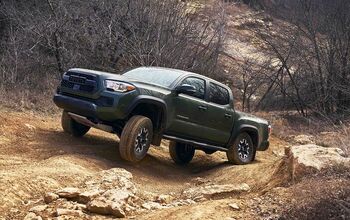

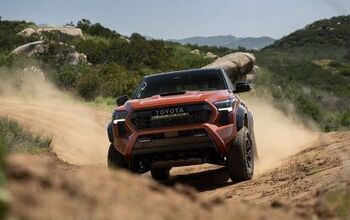
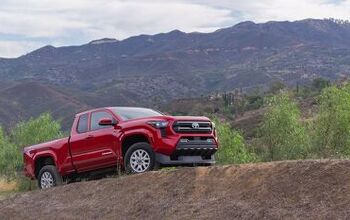
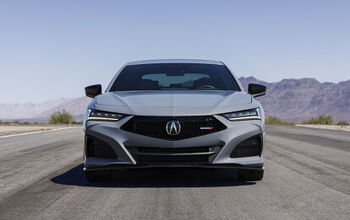
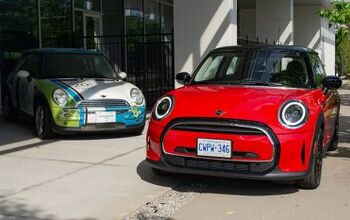


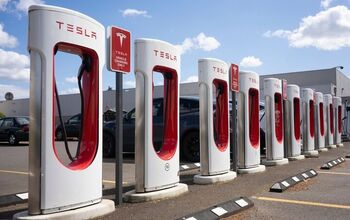

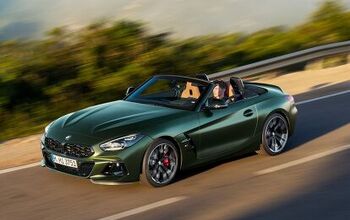

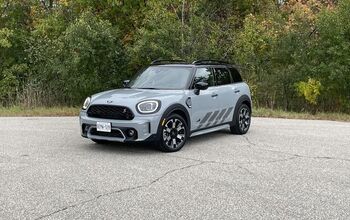

Comments
Join the conversation
Great data.